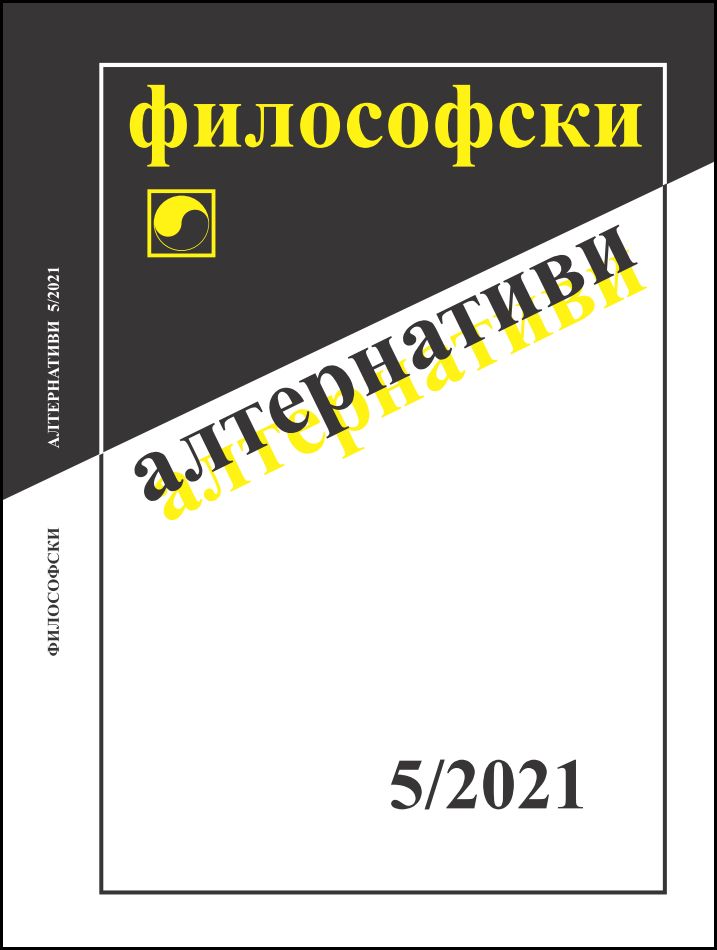Светът на изкуството от 60-те години на ХХ век и (не)завършената модерност
The World of Art in the 1960s and the (Un)completed Modernity
Author(s): Ivan, S. StefanovSubject(s): Philosophy, Language and Literature Studies, Aesthetics, Theory of Literature
Published by: Институт по философия и социология при БАН
Keywords: postmodernism; world of art; Arthur Danto; 1960s; New Realism; Fluxus; Lyotard;
Summary/Abstract: This text explores the rethinking of the term postmodernism as an analytical tool applied to the art of the 1960s. That proved to be a decade which, in terms of the then current temporal constructs, could not be differentiated by art history or from an aesthetic point of view. It was the decade when the end of the grand narratives was announced and when reflections on the "World of Art" first began. These two positions radically divided the theoretical understanding of the epoch; because while aesthetics and philosophy developed the thesis of the meta-narrative development of culture and the end of the great modern project, art history and sociology, in the persons of Arthur Danto and George Dickie, theorized on the "World of Art" and the role of institutions, emphasizing a concluded phase and a logical continuation of this modern project. As Gombrich writes in his book Art and Illusion, there is nothing closer to the human mind than the traditional acceptance of pictorial codes and their continuation (Gombrich 1988: 120). Therefore, the two historical views upon which this text is based were already posited during the twentieth century. The analytical invention this study introduces is the simultaneous consideration of the two theoretical positions through the optic of the sociology of art; for, in Bulgarian art, the problem of the world of art and institutionalism are scarcely addressed, translated literature is almost non-existent, and the analytical view of art history through the ideas of Danto and Dickie is still at an experimental stage. That is why comparative art history finds invaluable application in this theoretical clash, projecting in parallel the narrative and normative factors in the European civilization of the recent past.
Journal: Философски алтернативи
- Issue Year: XXX/2021
- Issue No: 5
- Page Range: 73-86
- Page Count: 14
- Language: Bulgarian
- Content File-PDF

